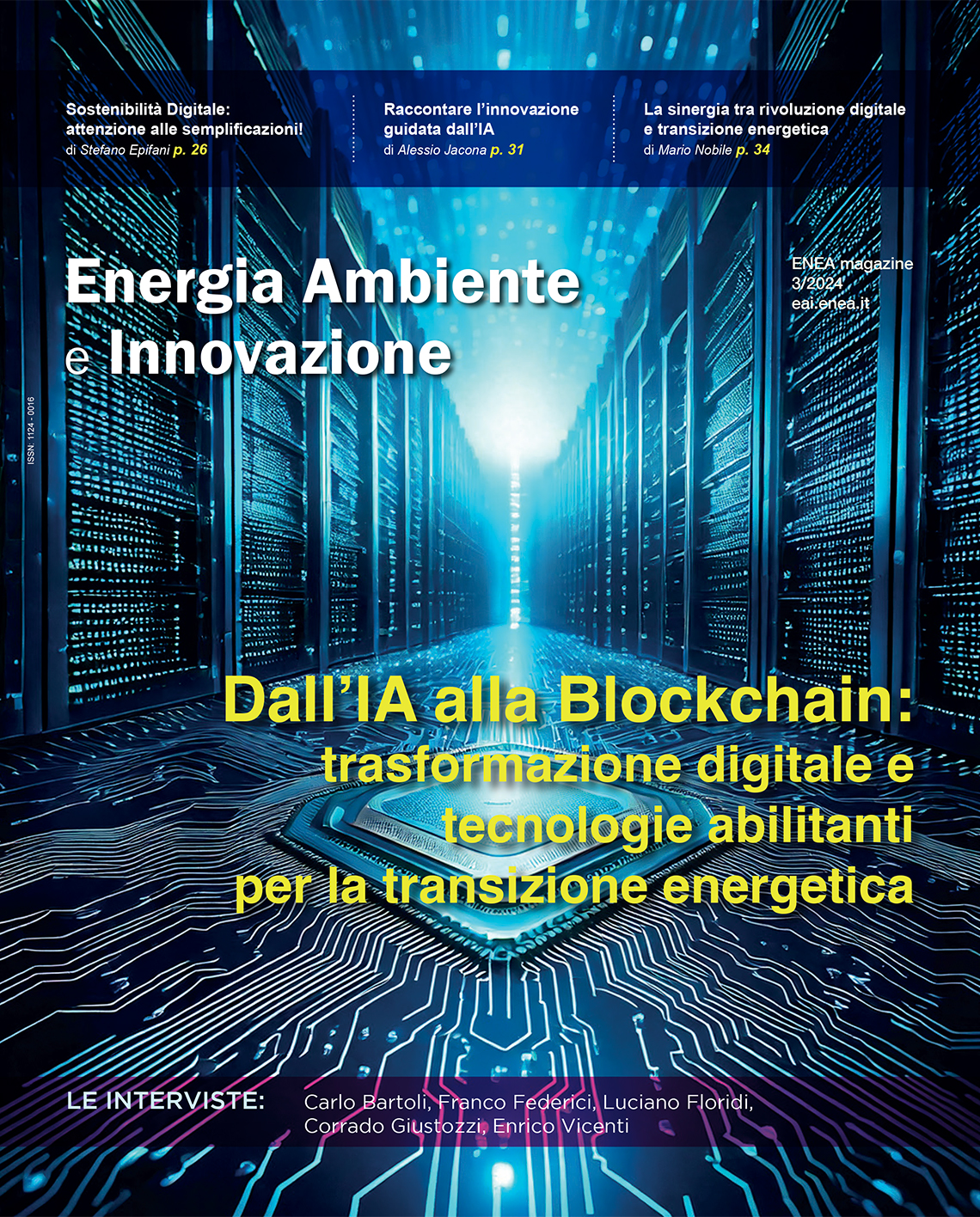
Global balance and the environment-development feedback loop
Grammenos Mastrojeni, Italian Development Cooperation, Ministry of Foreign Affairs
DOI 10.12910/EAI2018-051
Disruptive feedback loops between environment and development are currently a threat, but constructive loops can be leveraged to restore global balance
In 2016 a new era has started for development, with a new Agenda that will set the course until 2030, building on the previous international framework, the Millennium Development Goals. The latter, a list of 8 objectives, gave way to a more articulated architecture: 17 goals, specified in 169 sub-targets, and subjected to a monitoring through a set of quantitative indicators. Yet, the more complex articulation is only the surface of a deeper revolution in perspective; the true novelty in the 2030 Development Agenda is that it reflects a new intuition about the world we live in: global balance.
Compared with the past, the 2030 Development Agenda is characterized by three main features:
- its development goals are qualified as sustainable,
- it shifts the perspective of one-way aid - from the “rich” to the “poor” - to the horizon of a shared interest to better develop together; and, fundamentally,
- it suggests that the goals are interconnected and synergic. …

